Search Suggestions
- Gold Loan
- Money Transfer
- Mutual Funds

Understanding Cost of Capital: Types, Formula, and Examples
The cost of capital represents the minimum rate of return a company must earn on an investment to justify the use of its financial resources. Simply put, it’s the expected return that convinces investors or lenders to fund a project or business operation. This concept is crucial because it helps determine whether an investment will generate enough returns to cover its financing costs.
Table of Content
The cost of capital varies depending on how a company raises funds. Businesses can use debt financing (borrowing money) or equity financing (issuing shares to investors), and most firms rely on a combination of both. Therefore, the overall cost of capital is derived from the weighted average of all sources of capital, known as the Weighted Average Cost of Capital (WACC).
Why is the Cost of Capital Important?
Understanding the cost of capital and its formula is vital for assessing a company’s value and plays a key role in investment, financing, and risk management decisions. It helps determine whether investing funds in a particular project or taking a small business loan is worthwhile.
If a project’s return exceeds the company’s cost of capital, it indicates a profitable and value-adding investment. Conversely, if the expected return is equal to or lower than the cost of capital, the project may not be financially viable. Hence, knowing the cost of capital enables organisations to make informed choices regarding their investments, SME loan requirements, capital structure, and growth strategies.
Suggested Blog: SME Loan - Meaning, Eligibility, and Things to Remember
Types of Cost of Capital
1. Cost of Debt
This refers to the expenses a company incurs when borrowing funds. It includes interest payments, loan fees, and other borrowing-related costs.
2. Cost of Equity
The expected return that shareholders anticipate for investing in a company’s stock. It takes into account dividends, capital gains, and the overall risk associated with the investment.
3. Cost of Preferred Stock
The return required by investors who hold preferred shares. These typically provide a fixed dividend, making them less risky than common equity but more expensive than debt.
4. Weighted Average Cost of Capital (WACC)
WACC represents the blended cost of all sources of financing debt, equity, and preferred stock weighted by their respective proportions in the company’s capital structure.
5. Marginal Cost of Capital
This is the cost associated with raising additional funds beyond the current capital base. It helps assess the impact of new financing on overall costs.
Suggested Blog: Top 8 Benefits of SME Loans for Small Businesses
How to Calculate the Cost of Capital?
Below are the main approaches used in the calculation process:
Dividend Discount Model (DDM)
The Dividend Discount Model estimates the cost of equity by assessing the present value of expected future dividend payments. It assumes that a company’s stock value equals the sum of its future dividends discounted back to their present value.
Formula
Cost of Equity = (Expected Annual Dividends / Current Stock Price) + Growth Rate of Dividends
Variables
The formula uses three key inputs - expected annual dividends, the company’s current stock price, and the anticipated growth rate of dividends.
Example
Investors commonly use DDM to calculate the cost of equity for well-established companies that pay regular dividends.
Capital Asset Pricing Model (CAPM)
The Capital Asset Pricing Model evaluates the cost of equity by factoring in market risk and the company’s sensitivity to that risk. It links expected return with systematic risk using the company’s beta.
Formula
COE = Risk-Free Rate + Beta × (Expected Market Return – Risk-Free Rate)
Variables
The CAPM calculation relies on the risk-free rate (typically government bond yield), the expected market return, and the company’s beta (a measure of volatility compared to the market).
Example
Financial analysts often rely on CAPM to determine a company’s cost of equity, as it provides a realistic risk-adjusted return expectation.
Bond Yield Plus Risk Premium
This method estimates the cost of debt by adding a company-specific risk premium to the yield of similar bonds in the market. It helps in assessing how much it costs a business to borrow funds.
Formula
Cost of Debt = Yield on Comparable Bonds + Risk Premium
Variables
The main variables are the yield on comparable bonds and the chosen risk premium, which compensates for additional credit or business risk.
Example
The method is widely used to estimate the cost of debt for companies by referencing yields on similar bonds with similar risk profiles.
Weighted Average Cost of Capital (WACC)
The Weighted Average Cost of Capital represents the blended rate that a company is expected to pay to finance its operations. It takes into account all sources of capital debt, equity, and preferred stock, weighted by their proportions in the company’s capital structure.
Formula
WACC = (Weight of Debt × Cost of Debt) + (Weight of Equity × Cost of Equity) + (Weight of Preferred Stock × Cost of Preferred Stock)
Variables
The formula includes the respective costs and proportional weights of debt, equity, and preferred stock in the company’s total capital mix.
Example
Businesses use WACC to measure their overall cost of financing and to evaluate potential investment opportunities or capital budgeting projects.
The cost of capital is a fundamental financial metric that defines the minimum return a business must generate to satisfy its investors and creditors. It is influenced by factors such as prevailing interest rates, inflation, credit rating, leverage, and market volatility. By thoroughly understanding and accurately calculating their cost of capital, companies can make smarter investment choices, assess project feasibility, and structure their financing in a way that minimises costs and maximises profitability.
- Invest in Mutual Fund
- Systematic Investment Plan
- Mutual Fund Calculator
- Liquid Mutual Fund
- Debt Funds
- Balanced Funds
- Equity Linked Schemes
- Tax Saving Schemes
CATEGORIES
OUR SERVICES
-

Gold Loan
-

Personal Loan
-

Cibil Score
-

Vehicle Loan
-

Small Business Loan
-

Money Transfer
-

Insurance
-

Mutual Funds
-

SME Loan
-

Corporate Loan
-

NCD
-

PAN Card
-

NPS
-

Custom Offers
-

Digital & Cashless
-

Milligram Rewards
-

Bank Mapping
-

Housing Finance
-

#Big Business Loan
-

#Gold Loan Mela
-

#Kholiye Khushiyon Ki Tijori
-

#Gold Loan At Home
-

#Sunherisoch
RECENT POSTS
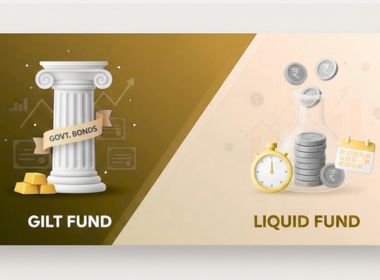
Gilt Fund vs Liquid Fund: Full Form, Meaning & SIP Guide
Know More
XIRR in Mutual Funds & SIP: Full Form, Meaning, Formula and How to Calculate
Know More
7 Key Factors to Consider Before Taking an SME Loan
Know More
Difference Between Black Gold and Gold: Everything You Need to Know
Know More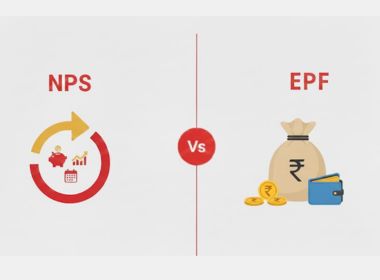
NPS vs EPF: Everything You Need to Know About Retirement Savings
Know More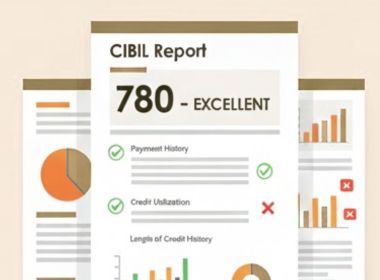
What is a Credit History? Impact on Credit Score and Credit Report
Know More
Loan Closure Vs. Loan Settlement: Meaning, Benefits, and CIBIL Score Impact
Know More
Is Silver the New Gold? A Look at 2025 Price Trends
Know More
What Are the Various Types of Equity Funds and How They Work?
Know More
Why Are Gold Loans Becoming the Most Preferred Financial Option in 2025?
Know MoreFIN SHORTS

What Are Co-Pay and Deductibles in Insurance Policies?
Know More
Should You Take a Loan Against Your Mutual Fund or SIP?
Know More
Top 5 Best Mid-Cap Mutual Funds to Watch in 2026
Know More
Are Personal Loans Right for Retirees? Key Points to Consider
Know More
What Happens to a Personal Loan After the Borrower Dies?
Know More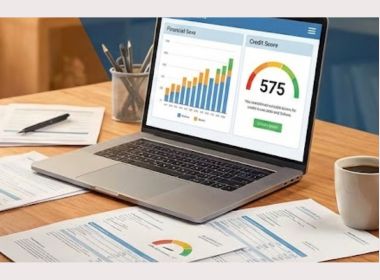
Best Loan Choices for Credit Scores of 580 and Below
Know More
7 Reasons Why a Gold Loan Is the Best Option for Small Businesses
Know More
10 Reasons Why People in India Prefer Physical Gold
Know More
Real Estate vs Gold: Which Is a Better Investment in India?
Know More
10 Common Mistakes That Make Investors Lose Money in Mutual Funds
Know More
10 Reasons Why Gold Has So Much Appeal in Uncertain Times
Know More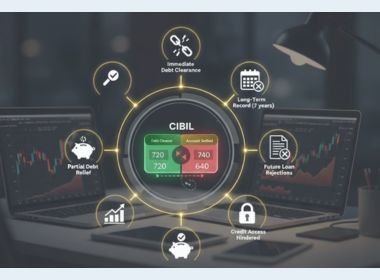
7 Ways Settling Debt Can Impact Your CIBIL Score
Know More- South +91 99469 01212
- North 1800 313 1212


